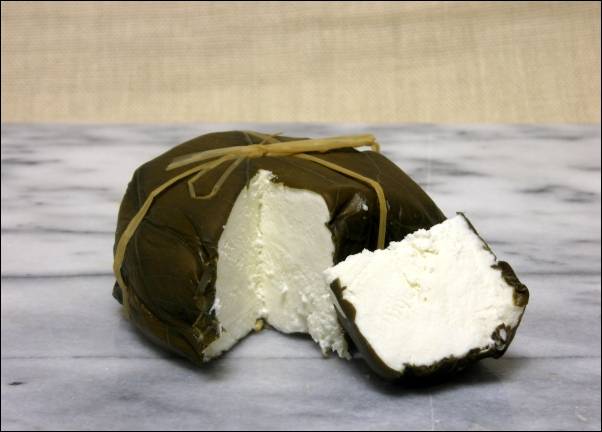The irony of the 21st century is that the we can look back on the one war this country agreed had to be fought (WWII) and be disgusted with how America fought it.
In Flags of Our Fathers Clint Eastwood chooses to explore the battle of Iwo Jima. The intent is to understand why people fight, how people fight and how we exploit images of that fighting for our own purposes.
The good part of the film is that it has a very accurate portrayal of the battle. As an amateur student of the second world war, the battle of Iwo Jima is both significant, apocalyptic and difficult to understand. Significant because the loss of life convinced the US military high command and its political leadership that any invasion of Japan would be devastating. Apocalyptic because the Japanese tenacious defense of the island was what opened the door to the nuclear bomb. Difficult to understand because the military value was suspect, and the nature of the battle seems to be reduced to platitudes of the form: hand to hand combat, etc.
While the film stayed focussed on the battle the film was gripping, and interesting if you find that kind of stuff gripping and interesting. There is the usual senseless mayhem and deaths. The bullets flying everywhere. The characters dying faster than you can remember their names. The reluctant and absurd heroism.
Until you see the rock that the Marines had to secure to defend the beaches, you can not really understand what the term “hand-to-hand” combat on Iwo Jima meant. Trapped on the beaches, their skin their only defense, they had to effectively eliminate a natural made pill box that had been entrenched over the past two years. If the film had just been a movie about the battle, it would have been tiresome movie to the general public but of great interest to those who cared about the battle.
Unfortunately the movie wanted to be a critique of the US political establishment. Clint Eastwood wanted us to understand how the Government, shock and horrors, in a time of war will do anything it can to exploit the masses to get them to support the war.
Really! Shame on them!
I mean, the government in a time of war will not engage in a nuanced debate over what needs to be done?
Shocking!
Clint Eastwood’s film is part of Hollywood’s polemic against the current war in Iraq. What makes this movie particularly tiresome and irritating is that to prove the venality of Bush and Cheney, he decides to demonstrate that even our greatest leaders were just as loathsome in their exploitation of the credulous public. By proving that Truman and FDR lied for political gain (raising money for a war against a government that was hell bent on controlling all East Asia) he attempts to reinforce his basic argument that:
See FDR and Truman were liars! So if those great men, snicker, were liars, will you know believe me that Bush and Cheney are lying to you?
And all I can say is:
Really?
Clint Eastwood’s point is that the first casualty of war is the truth! Thank goodness he told us! Because no one else has ever said it. I mean what was Samuel Johnson in 1758 trying to say:
Among the calamities of war may be jointly numbered the diminution of the love of truth, by the falsehoods which interest dictates and credulity encourages.’ (from The Idler, 1758)
Wait, wait I know:
The truth is the first casualty of war!
It’s a sad statement that Hollywood propaganda is so obvious and so insulting. Clint Eastwood insults my intelligence by making such an obvious statement and he ruins a great war film by making such an obvious statement. Clint Eastwood further insults my intelligence by equating the actions taken in WWII with the actions taken in Iraq. The wars were not the same. The circumstances were not the same. The stakes were not the same and the lies were no where near the same.
This film could have been a fun movie about the sacrifice and heroism of Iwo Jima. Instead it was a pulpit for a poor preacher to pass on what he thought to be revelation but in reality was common wisdom.
Spend your time and money elsewhere.







